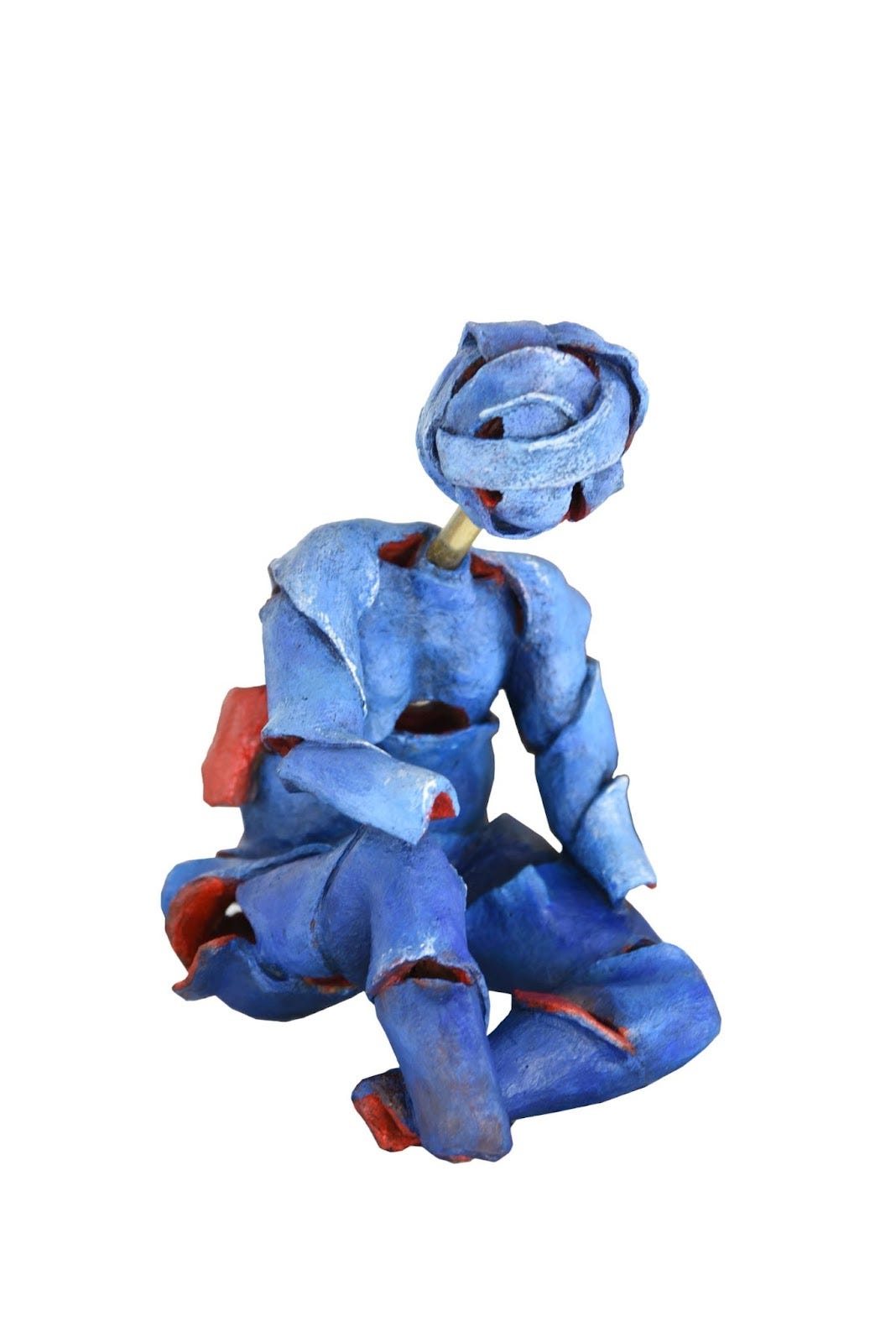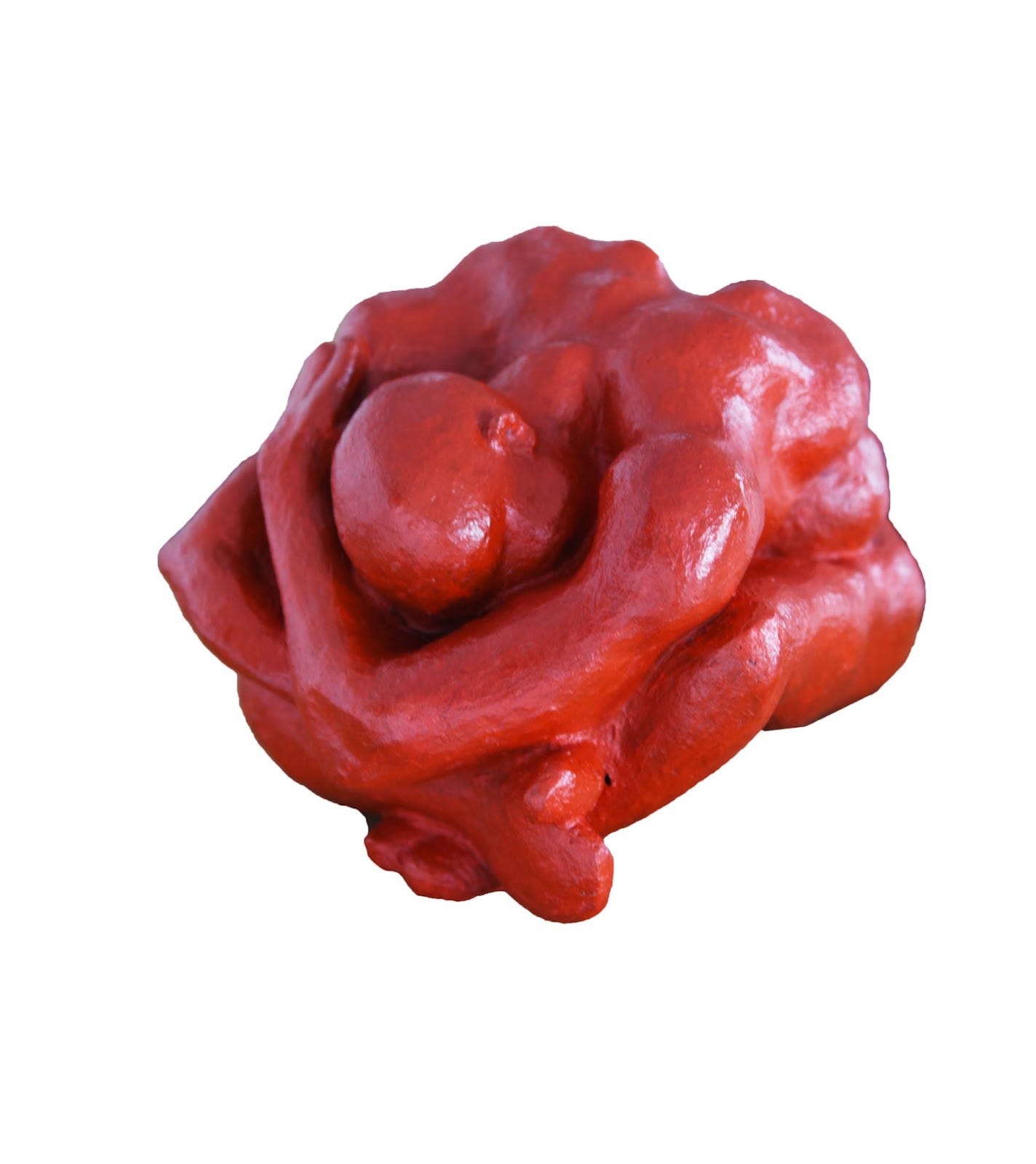Curating Intimacy: Designing Experiences That Truly Connect

Ever walked into an art space and felt like the work was speaking just to you? Like it knew something about your story, your emotions, or even your memories? That’s not luck—it is curating with intentionality. That is what curating intimacy is all about.
Today’s most impactful exhibitions don’t just hang art on walls. They guide you through a journey. They wrap you in stories. They give you space to feel, to touch, and to reflect. You are not just a visitor—you are part of the experience.
Take TeamLab’s digital worlds, for example. As you move, the art responds. It is as if the art piece is alive, dancing with you.
And that’s the goal: connection. Deep, emotional, and truly unforgettable.
In this digest, we will explore some principles that guide the curation of intimate experiences.
Top Picks for the Week



1. Connection Beats Perfection
First of all, perfect lighting or elegant curation is great. But what sticks with people is how the art made them feel. Curating intimacy puts feelings first. It's about storytelling, not just showcasing.
According to Sakura Yamaoka, a multidisciplinary designer and creative producer dedicated to crafting meaningful experiences through design, “stories help people remember and relate.” Not just facts, but emotions, people, and ideas. When exhibitions guide people through a story, it hits different.
2. Use More Than Eyes When Curating
We don’t just see. We hear, touch, and smell. That’s why some of the best curators think beyond sight.
Imagine soft ambient music setting the tone. Or diffusers that bring back old memories or help us fully engage in an art experience. Or running your fingers through a textured surface designed to feel like bark or skin. Those layers pull you in deep. They ground the story in your senses.
3. It’s Not a Gallery—It’s a Journey
Great exhibitions feel like stories unfolding. They’re built with a beginning, middle, and end. You move through spaces the way you flip through pages of a book.
Clear pathways. Moments of surprise. Quiet corners for reflection. Every step adds to the narrative. You leave not just knowing something, but feeling something.
4. Touch It. Make It. Own It.
People remember what they do. That’s why hands-on experiences work so well. Workshops, community walls, painting corners, even digital AR filters—they turn passive viewers into active creators.
Simple actions like writing your thoughts on a sticky note or adding a brushstroke to a group canvas give people ownership. It’s their story now too.
5. Make It Human
Some artists go even further. They don’t just show the work—they become part of it. Take Lee Mingwei. He’s invited museum visitors to sleep in galleries or have a meal with him inside an exhibit. Yep, you read that right. It's about building trust, memory, and shared moments.
6. Everyone Deserves to Feel It
Intimacy means inclusion. If someone can’t see the art, they should be able to hear or touch it. Quiet rooms, braille labels, guided audio—all these ensure no one is left out.
The more accessible the experience, the deeper the connection.
At the end of the day, curating intimacy isn’t about big budgets or flashy effects. It’s about designing for feeling. It's about creating little moments that stick, like the sound of a lullaby in a dark room or the texture of an old rug beneath your feet.
Great exhibitions don’t just show art. They show care. And that care creates a connection.



